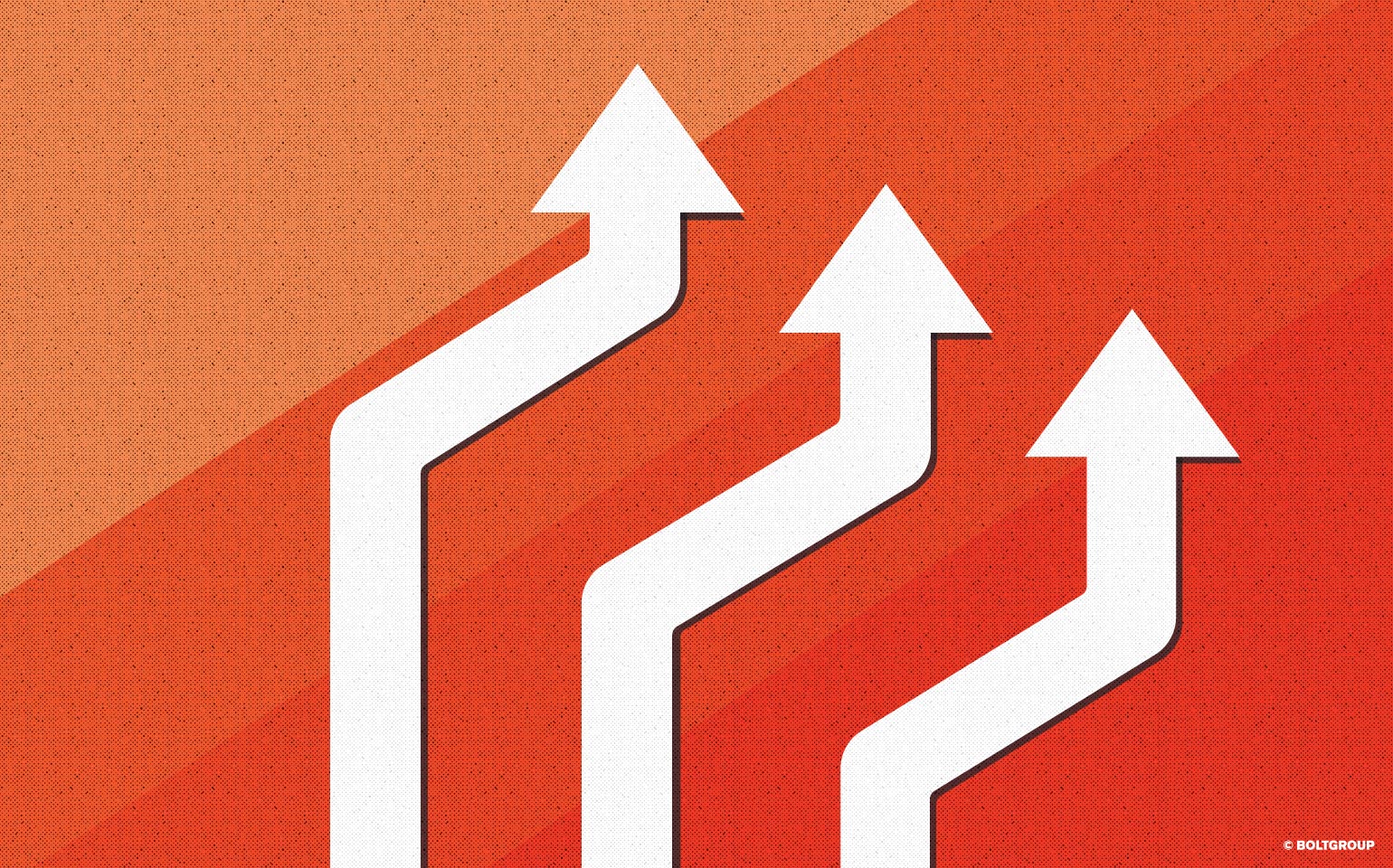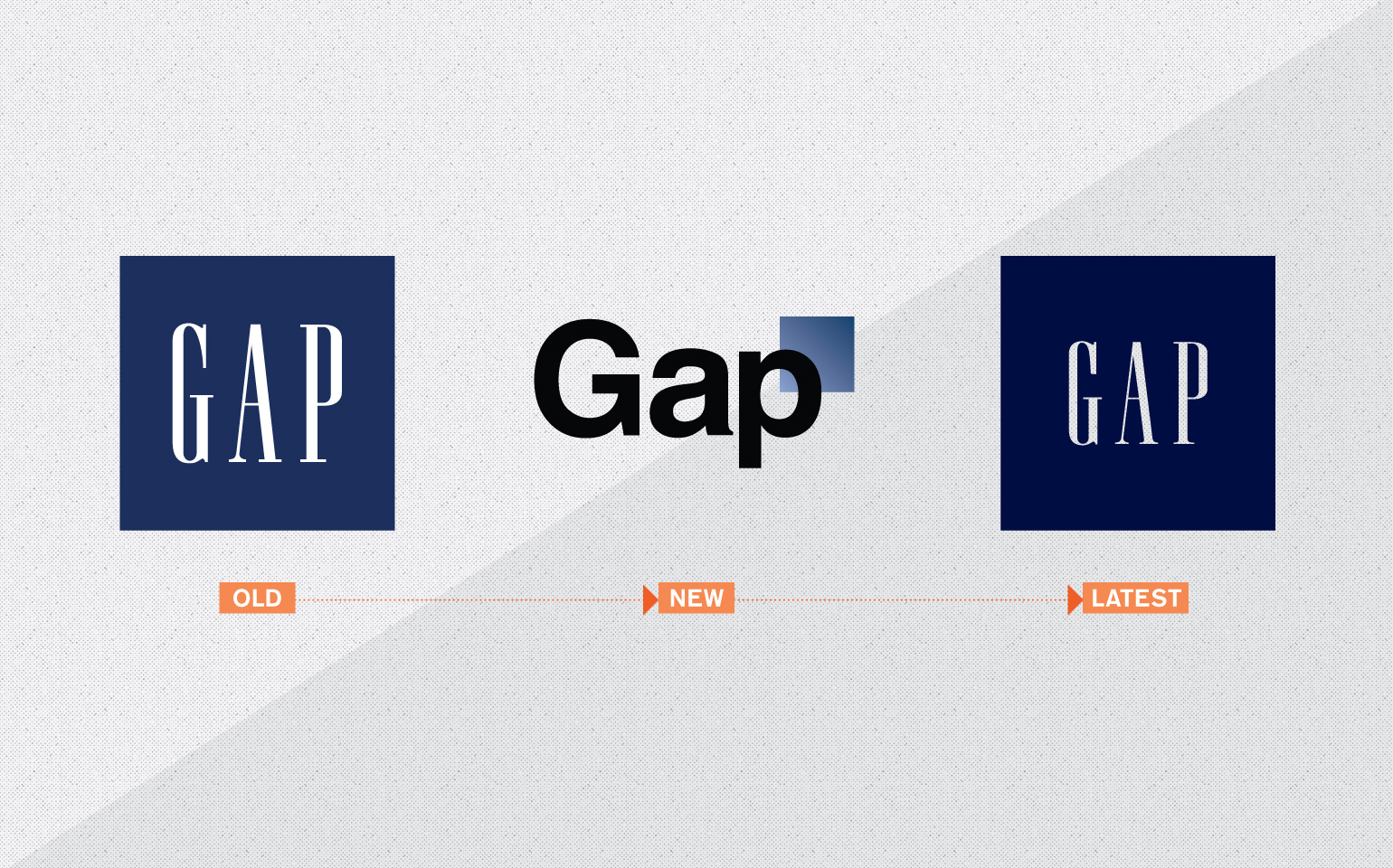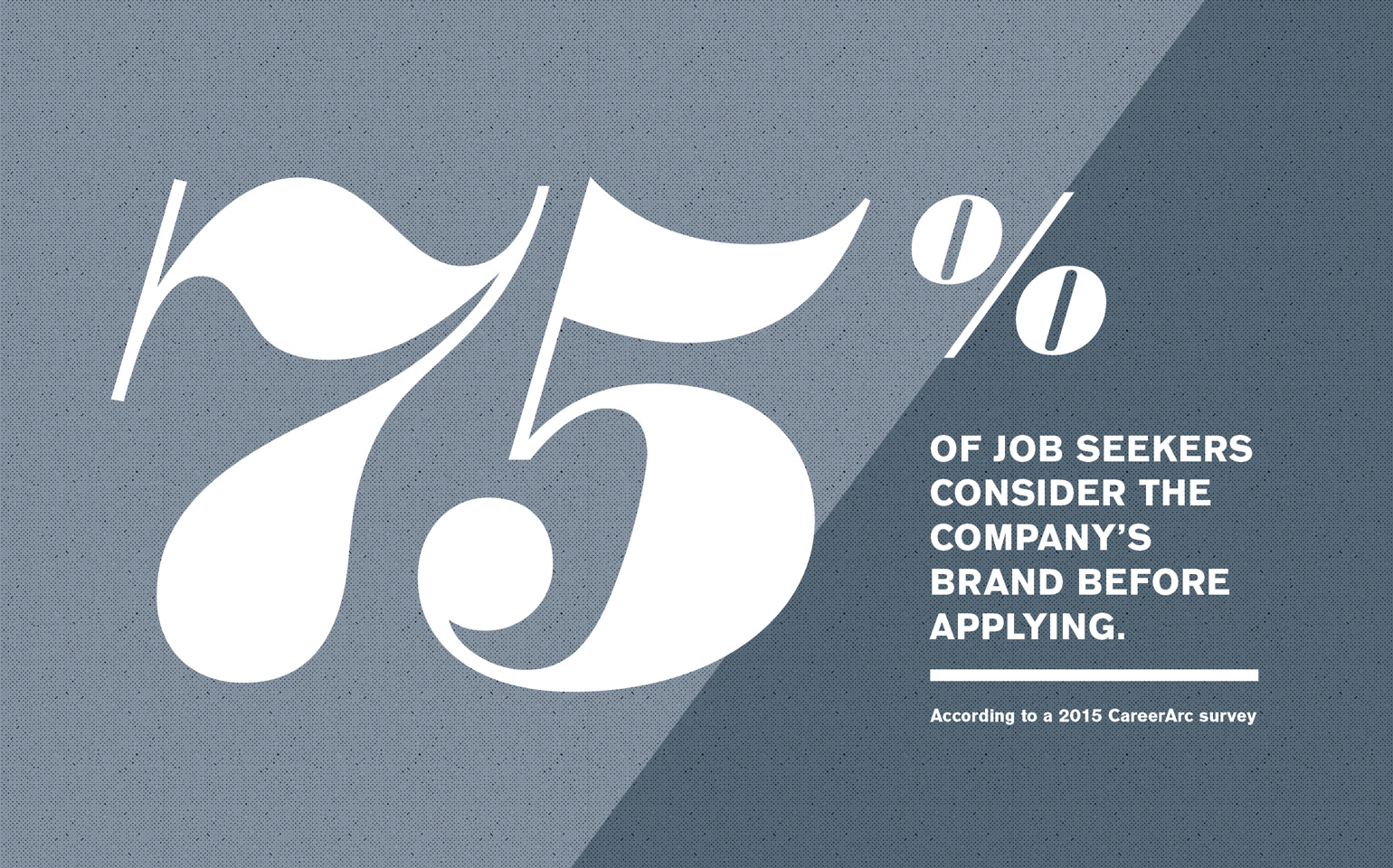“A brand is a living entity—and it is enriched or undermined cumulatively over time, the product of a thousand small gestures.” – Michael Eisner, CEO, Disney
As your brand grows and evolves, changes will be called for at various points. Even ubiquitous brands like Southwest Airlines, Starbucks, and John Deere have evolved, matured, and changed over time. How successfully changes occur is all about planning. As brand strategists and practitioners, BOLTGROUP has been involved in many brand updates and refreshes—from radical remakes to subtle evolutions over time.
A couple of truths prevail, no matter if you are creating a brand for the first time, refreshing or remaking a brand, or simply building a brand out to the next level.
- When done well, brand development is an intricate and costly endeavor.
- When done poorly, brand development is even more intricate and costly.
The differentiating factor is careful planning, and then management of your plan.
Very often our team is invited in when there’s a problem or a belief that some piece of a brand needs work. Packaging for instance. Far too often, we find that the “problem” is merely a symptom of the larger situation. The brand has been neglected. Multiple well-meaning influencers (internal and/or external) have degraded the brand over time, the brand has evolved organically and not been kept up, or the customer relationship with the brand has changed. Regardless, we so often find that the brand strategy and the business goals are no longer aligned, and this is causing stress on the brand and its assets.
Acknowledging the problem is the first step to effective change. Now you need patience, planning, and plenty of courage.
Start with the End in Mind
So often presidents, CEOs, and CMOs know change is needed, but do not begin with planning. Instead, they get drawn into the creative, wanting to move fast, and skip the critical foundation and strategy work required. They don’t acknowledge the reality of what’s entailed beyond the new strategy and creative and, therefore, don’t plan for it.
The heavy lifting comes up front—how the new brand will be implemented and launched and the real costs involved in doing this. Getting it right at the outset matters most. In today’s marketplace, just allowing your new brand to appear with no explanation or announcement or orchestration can be disastrous. Just ask Gap and its $100 million makeover mistake. That then had to be changed back! Or Yahoo! A ubiquitous brand that was ranked in the top 50 Best Global Brands by Interbrand as late as 2009, and is now not even in the top 100. A major part of the successful launch of a rebrand is managing expectations among your various constituents, before, during, and after the implementation of the brand. It cannot be overlooked or the brand will become fragmented, and all the coordination and effort put into the strategy and creative will immediately begin to unravel.


